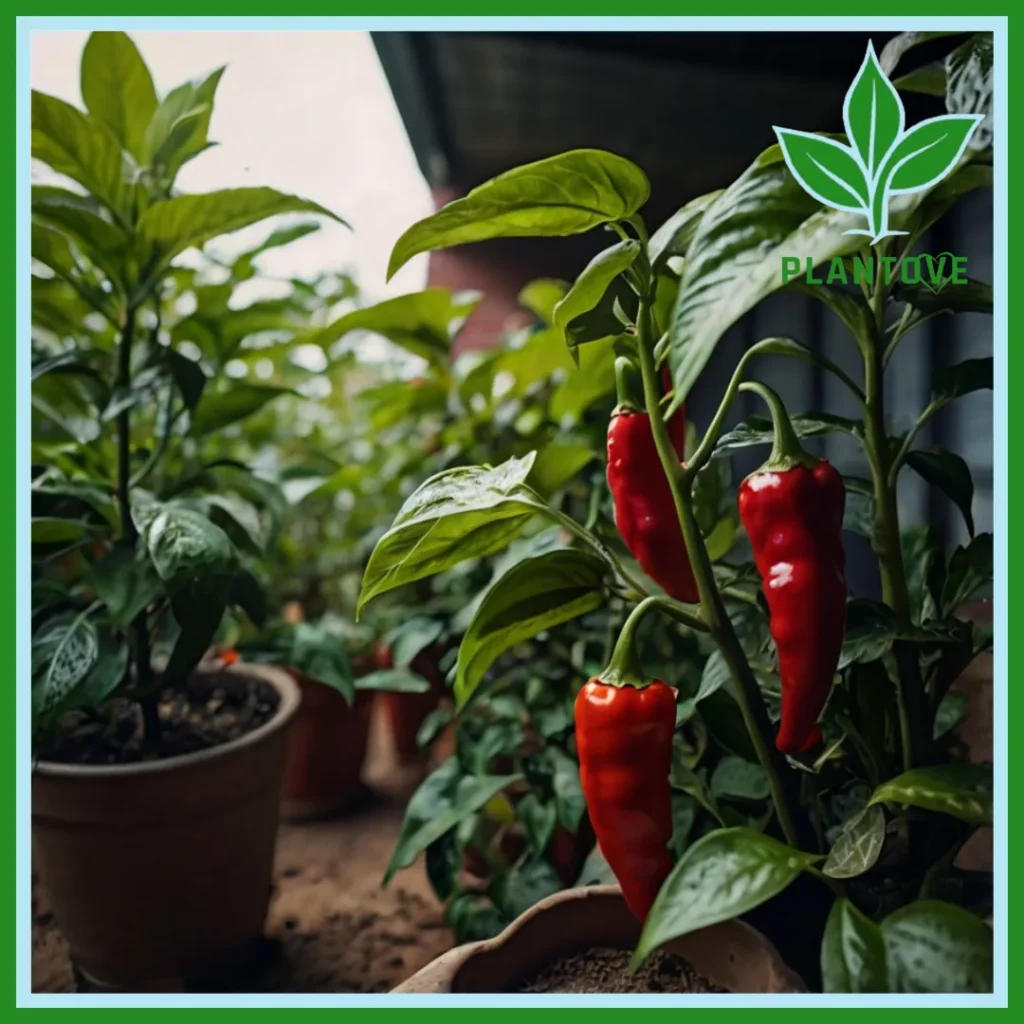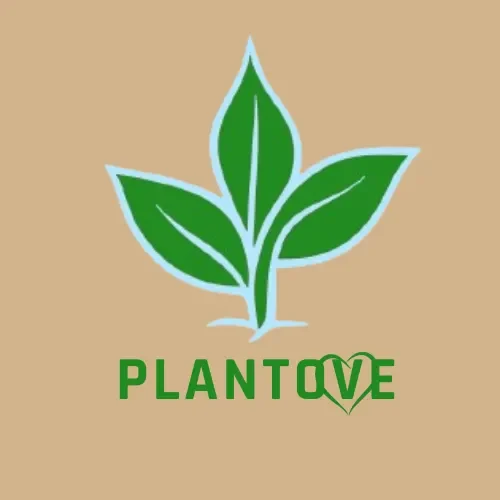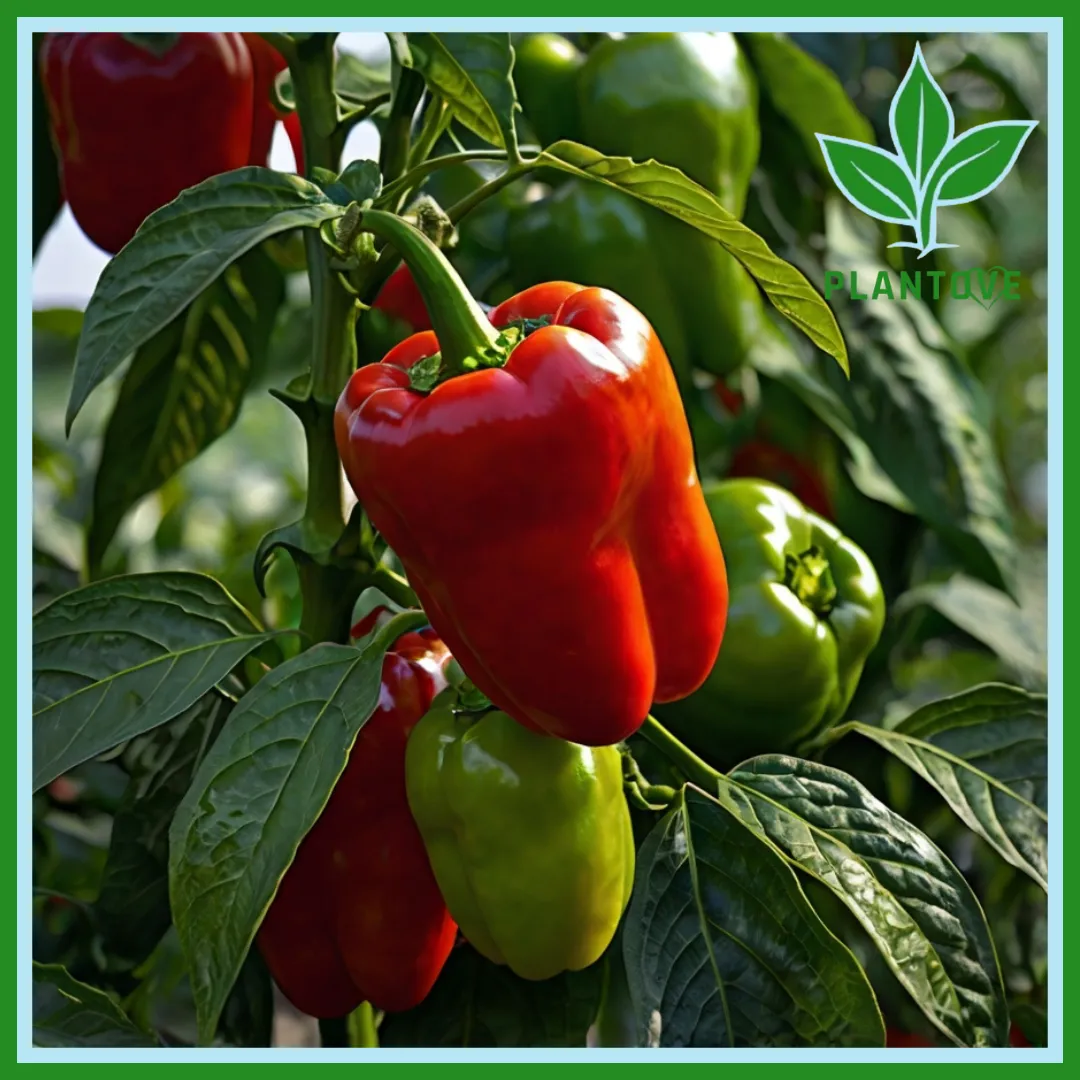Pepper plant is not only admired for his vivid colors and distinct flavors but also for their versatility in the kitchen and garden. Whether you choose bell peppers, chili peppers, or hot peppers, growing these plants can be a rewarding experience. This guide will walk you through everything you need to know about cultivating pepper plants, from basic care to troubleshooting common issues.
Understanding Pepper Plant
Pepper plants (Capsicum spp.) belong to the Solanaceae family, which also includes tomatoes, eggplants, and potatoes. They are known for their spicy fruits that come in various colors, shapes, and sizes. Understanding the different types of pepper plants and their needs will help you grow a successful and productive crop.
Types of Pepper Plants
- Bell Peppers: Bell peppers are popular for their sweet taste and crisp texture. They come in a variety of colors, including green, red, yellow, and orange. These peppers are commonly used in salads, stir-fries, and as toppings for pizzas.
- Chili Peppers: Chili peppers are known for their heat and are used to add spice to dishes. Common types include jalapeño, serrano, and habanero. Each variety has its own level of heat and flavor profile.
- Hot Peppers: Hot peppers, such as the Carolina Reaper and Ghost Pepper, are famous for their intense heat. They are used in hot sauces and spicy dishes to add a fiery kick.
Benefits of Growing Pepper Plant
Pepper plants offer several benefits, making them a great addition to your garden or indoor space:
- Nutritional Value: Peppers are rich in vitamins A and C, antioxidants, and capsaicin. Capsaicin, found in hot peppers, has anti-inflammatory properties and can help with pain relief.
- Culinary Uses: Fresh peppers add flavor, color, and texture to a variety of dishes. Dried peppers can be ground into spices, used in sauces, or made into hot sauces.
- Versatility: Pepper plants can be grown both indoors and outdoors. They are adaptable to various growing conditions, making them suitable for different types of gardens and spaces.
- Pest Control: Some pepper varieties act as natural pest repellents, helping to deter insects from other plants in your garden.
How to Grow Pepper Plant
Choosing the Right Variety
Select a pepper variety based on your climate, space, and culinary preferences. Bell peppers are great for beginners, while hot peppers require more attention to detail.
Planting Time
Pepper plants thrive in warm weather. In most regions, plant peppers after the last frost date when soil temperatures reach at least 70°F (21°C). This ensures that the plants have a stable environment for growth.
Soil Requirements
Pepper plants prefer well-drained, fertile soil. Aim for a soil pH between 6.0 and 6.8. Incorporate organic matter, such as compost, to improve soil fertility and structure.
Planting
Space pepper plants about 18 to 24 inches apart to allow for their growth. Plant them at the same depth they were in the nursery container. Firm the soil around the roots to ensure good contact with the soil.
Light and Temperature
Pepper plants need full sun, ideally 6 to 8 hours of direct sunlight each day. They thrive in temperatures between 70°F and 85°F (21°C to 29°C). If growing indoors, use grow lights to supplement natural light and maintain optimal conditions.
Watering
Keep the soil consistently moist but not waterlogged. Water deeply and regularly, especially during hot weather, to encourage healthy root growth. Avoid getting the leaves wet, as this can lead to fungal diseases.
Fertilizing
Use a balanced fertilizer or one with higher phosphorus content to support flowering and fruit development. Fertilize every 3 to 4 weeks during the growing season to provide the nutrients your plants need.
Pruning
Regular pruning helps improve air circulation and encourages more fruit production. Remove any diseased or damaged leaves and branches to keep the plant healthy.
Pest and Disease Management
Common pests include aphids, spider mites, and whiteflies. Use insecticidal soap or neem oil to control these pests. Prevent diseases like blight and powdery mildew by maintaining good garden hygiene and avoiding overhead watering.
Indoor Pepper Plant Care

Growing pepper plants indoors offers a unique set of challenges and benefits. Here’s how to care for your indoor pepper plants:
Container Selection
Choose a large container with drainage holes to prevent waterlogging. A 5-gallon pot is ideal for most pepper varieties. Ensure the container allows for proper root development.
Lighting
Indoor pepper plants need ample light. Place them near a south-facing window or use fluorescent or LED grow lights. Provide 12 to 14 hours of light daily to mimic natural sunlight and promote healthy growth.
Temperature and Humidity
Maintain indoor temperatures between 70°F and 80°F (21°C to 27°C). Keep humidity levels moderate to prevent issues like mold and mildew. A humidifier can help if your home is dry.
Pollination
Indoor pepper plants may need hand-pollination. Gently shake the plants or use a small brush to transfer pollen between flowers. This helps ensure fruit development.
Transplanting
As your pepper plants grow, they may need to be moved to larger containers. This allows their root systems to expand and supports continued healthy growth.
Pepper Plant Benefits
Health Benefits
Pepper plants offer several health benefits. Peppers are rich in vitamins and antioxidants, supporting overall health. Capsaicin in hot peppers has been studied for its potential to boost metabolism and aid in weight management.
Culinary Delight
Pepper plants add flavor and color to your dishes. From fresh peppers in salads to homemade sauces and pickles, they enhance both taste and nutrition. Their versatility in cooking makes them a valuable ingredient.
Aesthetic Appeal
Pepper plants bring visual interest to any space. Their vibrant fruits and attractive foliage make them a beautiful addition to gardens and indoor areas. They can serve as decorative elements as well as functional plants.
Troubleshooting Common Issues
Yellowing Leaves
Yellowing leaves can indicate several issues, including overwatering, nutrient deficiencies, or poor soil drainage. Adjust your watering practices and check soil conditions to address the problem.
Slow Growth
If your pepper plants grow slowly, they may need more light or nutrients. Ensure they receive adequate sunlight and consider using a fertilizer designed for fruiting plants to support healthy growth.
Pests
Monitor your plants for common pests such as aphids and spider mites. Regularly inspect your plants and use appropriate treatments to keep pests under control. Implementing integrated pest management strategies can help minimize pest issues.
Conclusion
Pepper plants are a fantastic addition to any garden or indoor space. With the right care and attention, they can provide you with delicious, nutritious fruits. Whether you grow bell peppers, chili peppers, or hot peppers, understanding their needs and benefits will help you enjoy a successful gardening experience. By following the tips and guidelines provided, you can ensure that your pepper plants remain healthy and productive throughout their growing season.
Happy gardening, and may your pepper plants thrive!

